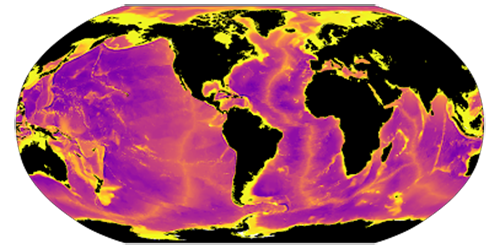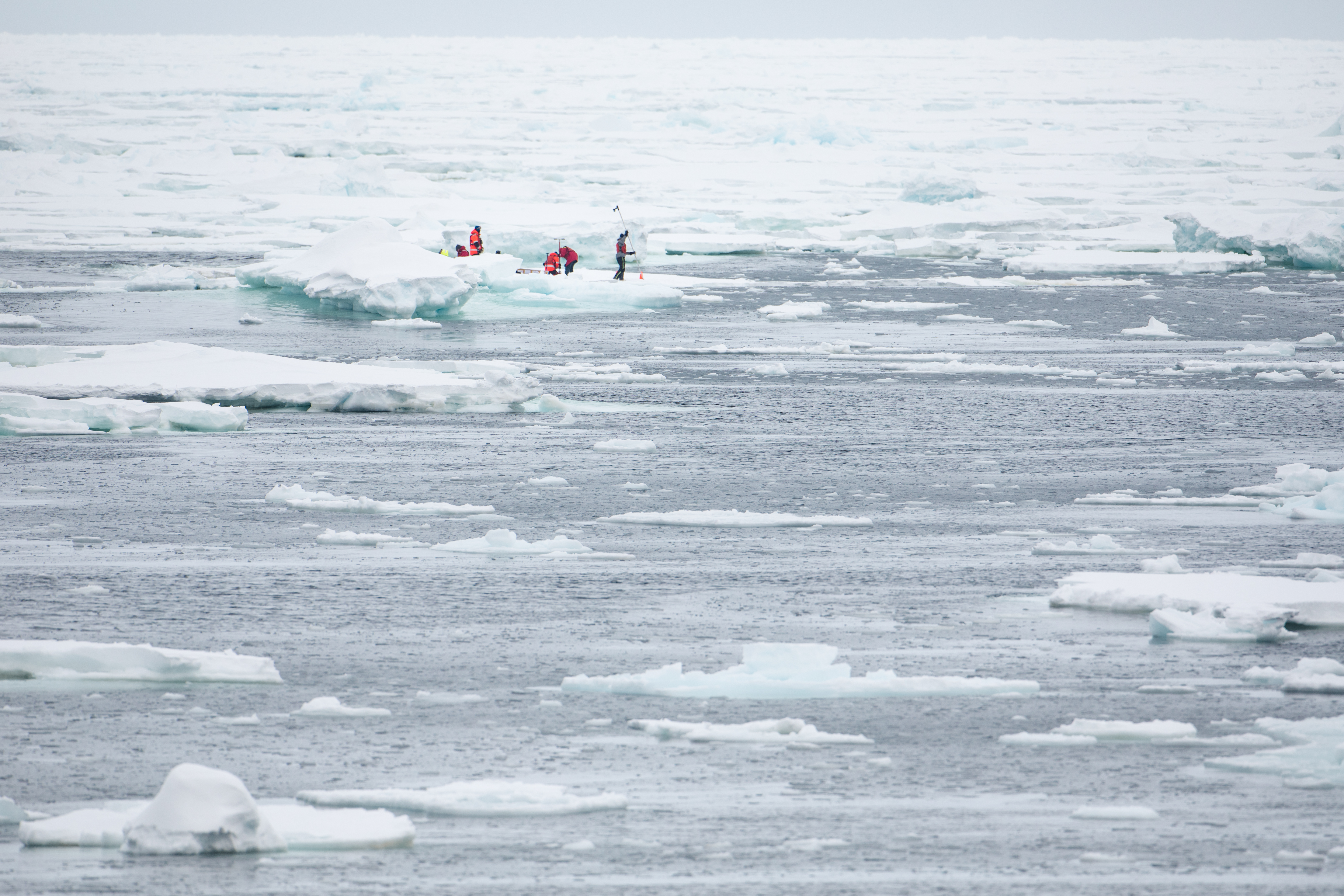Oceanography

The ocean covers 70% of the Earth’s surface. It takes up 90% of the excess heat in our atmosphere due to anthropogenic climate change. And it is ancient.
In its nearly 4-billion-year existence, the ocean has modulated changes on our planet via its enormous thermal inertia and its wind and density driven circulations. These changes include relatively short-lived phenomena such as El Niño, as well as much longer-term changes to the global climate and carbon cycle.

Oceanographers in AOS research a wide range of fundamental physical and biogeochemical processes in the ocean, from deep in its past to its future. Whether it be the drivers of the Atlantic Meridional Overturning Circulation and its potential tipping points, the intricacies of sea ice and ice sheet mechanics, the ocean-atmosphere coupling that maintains El Niño, the predictability of marine heatwaves, the rapidly changing Arctic, or the primordial circulations that existed when life first evolved on our planet, our work advances our understanding of how the ocean works and how it interacts with each component of the Earth system. And if that’s insufficient, we do lakes and exoplanet oceans too. In short, where there’s water, we’re excited to study it.
Faculty Involved
